Rescue Bee Ranch
Food, spices, oils, and fibers – pollinators excel at making these items possible. The complexity of the pollinator world is astounding because of the roles they play and their vitality to healthy ecosystems. We celebrate these achievements through the incredible people and projects that are working to conserve pollinators. We hope these stories encourage and empower you to better understand who our pollinators are and what actions you can take to help them. This month we interviewed Shel Higgins (Pops), Chief Bee Wrangler at Rescue Bee Ranch, about his organization, his passions and efforts.
Large swarm on building exterior
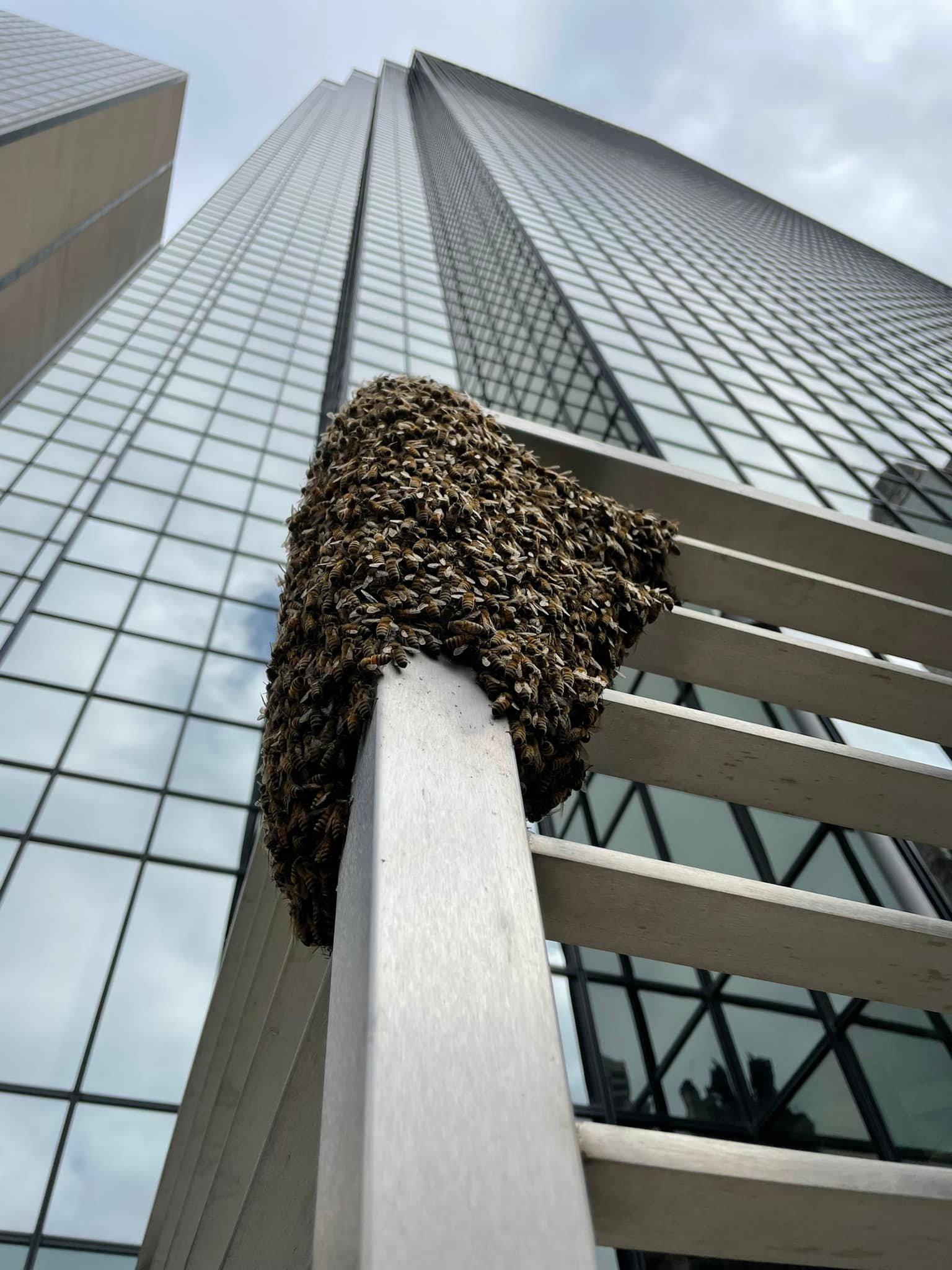
Q: How would you describe Rescue Bee Ranch’s effort in 2-3 sentences?
A: Our mission is to save bees while helping people and the environment. We’re committed to responsible bee removal and rehoming actions through community support and education. We don’t want people to have to kill bees because they can’t afford it. We only charge the costs incurred and will never say no to bee removal.
Rehoming is a safe process to relocate a swarm of bees or a bee hive to a new place. Sometimes the people that want the bees removed are interested in keeping the bees and start beekeeping after they talk to us. In these cases, the hives are placed in a good site in the landowner’s yard and we teach them the basics on beekeeping.
Q: How did your project/organization start?
A: About eight years ago, I started helping a friend remove bees from folk’s homes. Then I started doing it on my own and expanded with the help of my family. Four years ago, Rescue Bee Ranch’s became a non-profit 501 C3. Rescue Bee Ranch is all about helping people and saving bees. I continue to participate with every bee removal.
Bee removal site from 2021
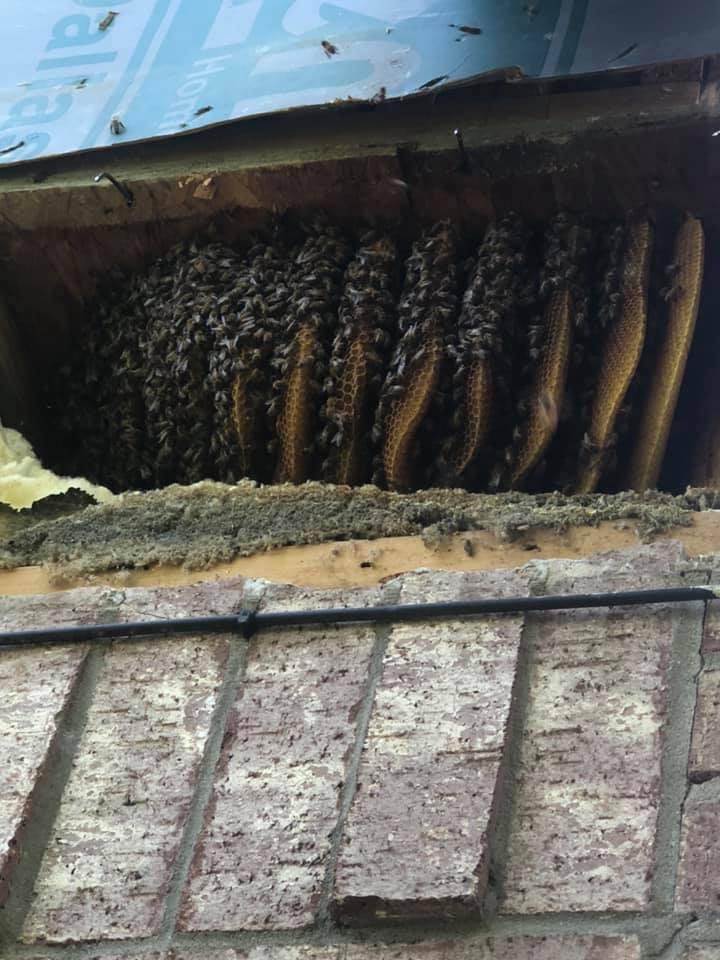
Q: What got you interested in or inspires you about pollinators?
A: Bees are part of the ecosystem. Healthy soil makes healthy plants, and that makes healthy pollinators. Good pollination makes healthy food. Healthy food makes healthy people. Honey bees will travel up to five miles to pollinate plants and are the most efficient pollinator for their numbers, as large numbers of bees live together in a hive.
Q: Which pollinators does your project/organization seek to help and what makes your efforts unique?
A: Currently honey bees, but we also rescued leaf cutter and mason bees this year. Managed populations of leaf cutter bees and bumble bees used in greenhouses are of interest to us.
Q: Where is the majority of your work taking place?
A: Within an hour radius of the Dallas/Fort Worth area in Texas.
Q: Who is the target audience for this work?
A: Anyone who has unwanted bees and anyone who wants bees or to learn about bees.
Q: What are the primary goals/objectives of your project/organization?
A: We want to stop the killing of bees and educate people about their importance. To rehome, save bees and help people. We also raise bees to continue to improve the genetic composition of wild bees.
Q: What successes have you achieved?
A: We are really blessed to get the word out about bees. We love helping people and saving bees. We have rescued over 300 hives. I am an entertainer by trade-I like to entertain people. My grandchildren are into helping their grampa save bees.
Indoor hive removal from 2021
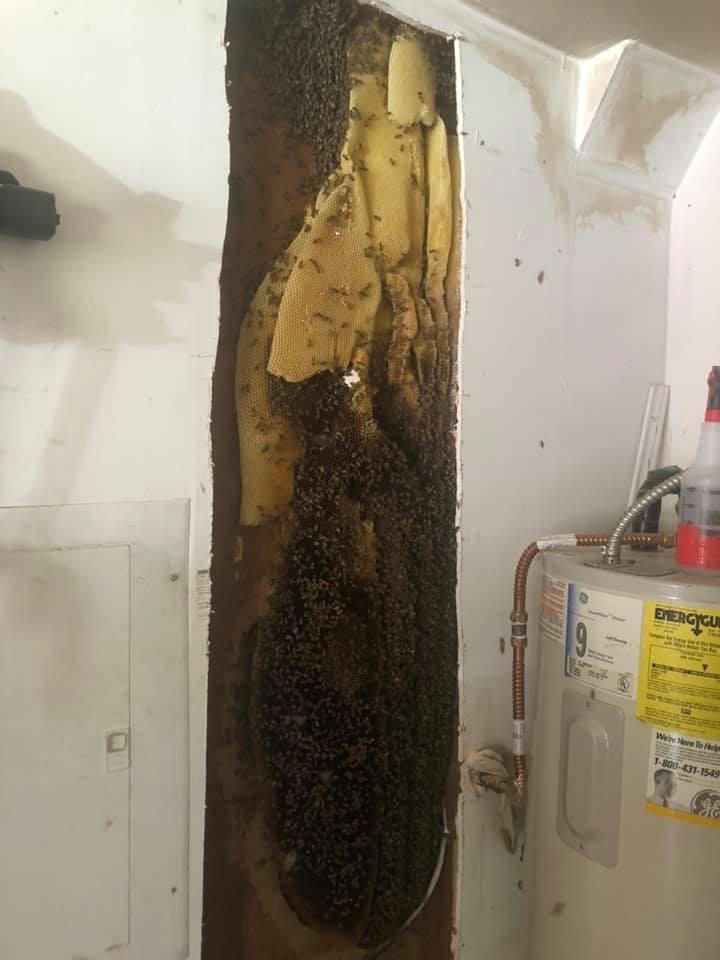
Q: What is your biggest challenge?
A: Bee removal is traumatic on the bees. Their survival rate is 70% when being rescued and rehomed. Often bees will leave after they have been rescued. We have been concentrating on honey bee hotels, also called swarm traps for the last four years. A honey bee hotel has comb in it and an attractant, such as lemon grass oil. A bee swarm moves in to the hotel and makes it their home. We simply help the bees move smoothly to their new home.
I encourage people to buy a honey bee hotel. If you have a honey bee hotel, the bee swarm is more likely to move into the hotel than your house. This has the advantage of not having to cut into a person’s house to remove the bees.
Q: We’re always looking to improve our network of partners and promote good informational materials and projects that others can learn from. What are some of your favorite go-to references/resources for pollinator or habitat related questions?
A: Honeybee Democracy, by Tom Seeley is a great book. I follow dirt rooster638 and a Canadian Beekeeper’s blog on YouTube.
Q: How do you engage with your community in regard to this work?
A: Our Facebook page is Rescue Bee Ranch. We engage a lot by word of mouth and local pest control companies recommend our work. We do presentations at the Texas state fair, schools, churches, and anywhere where there is interest.
Every year we offer a bee class. The course is 2-hours in length and folk learn the basics of bee keeping. Rescue Bee Ranch believes in permissive/passive beekeeping by recommending to only go in the hive as few as twice a year. This practice is pretty hands off. Also, we only treat our bees with Reishi Matabolite additive in sugar water.
Q: What is something about pollinator conservation or your project/organization you wish more people knew?
A: If you like to eat, bees are super important! One in every three bites of food we eat is pollinated by bees. If you are not paying $25/gallon for almond milk-thank the honey bees.
Q: What is the best way to get involved in your conservation work?
A: Plant a flowering plant. Let dandelions and other weeds be in your yard; they are good for pollinators. Take time to smell the flowers and look around and see the bees. We only have to look at mother nature…that is the main thing.
Rescue Bee Ranch
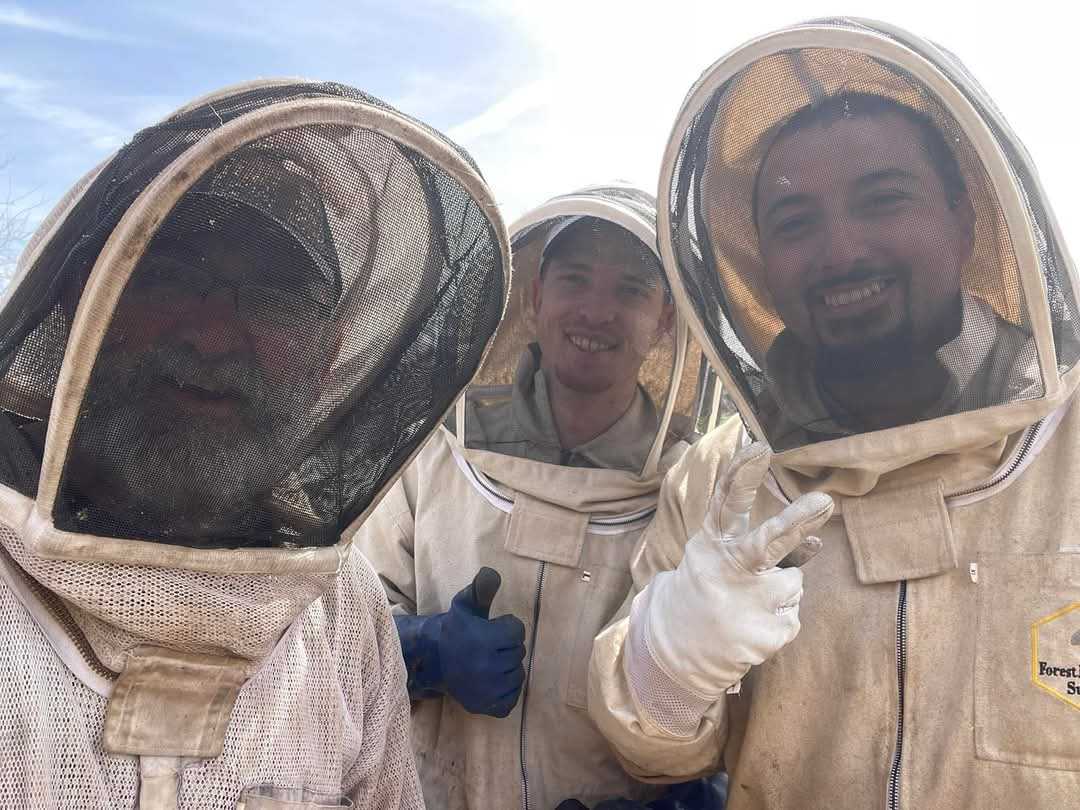
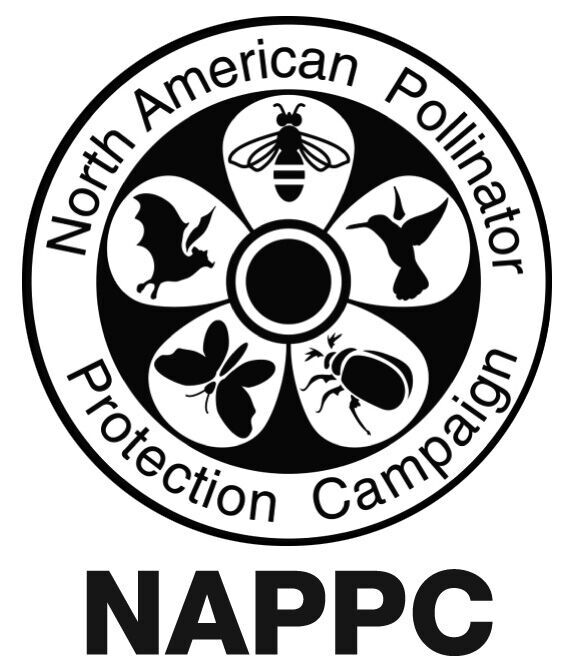
Alone no individual or entity can address all pollinator conservation needs, but through collaborative conservation we can and will make a difference for pollinators and the ecosystems they help support. Keep following our Pollinator Conservation Spotlight series to hear more inspiring pollinator conservation stories.
Do you know a great project or organization that is addressing critical pollinator conservation topics and deserve their moment under the spotlight? Let us know!
Article contributed by Meredith Holm, U.S. Fish and Wildlife Service, for the NAPPC Pollinator Communications Taskforce's Pollinator Conservation Spotlight Series.
